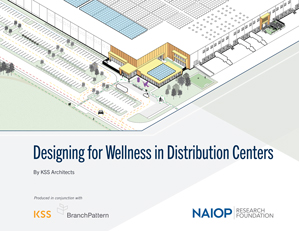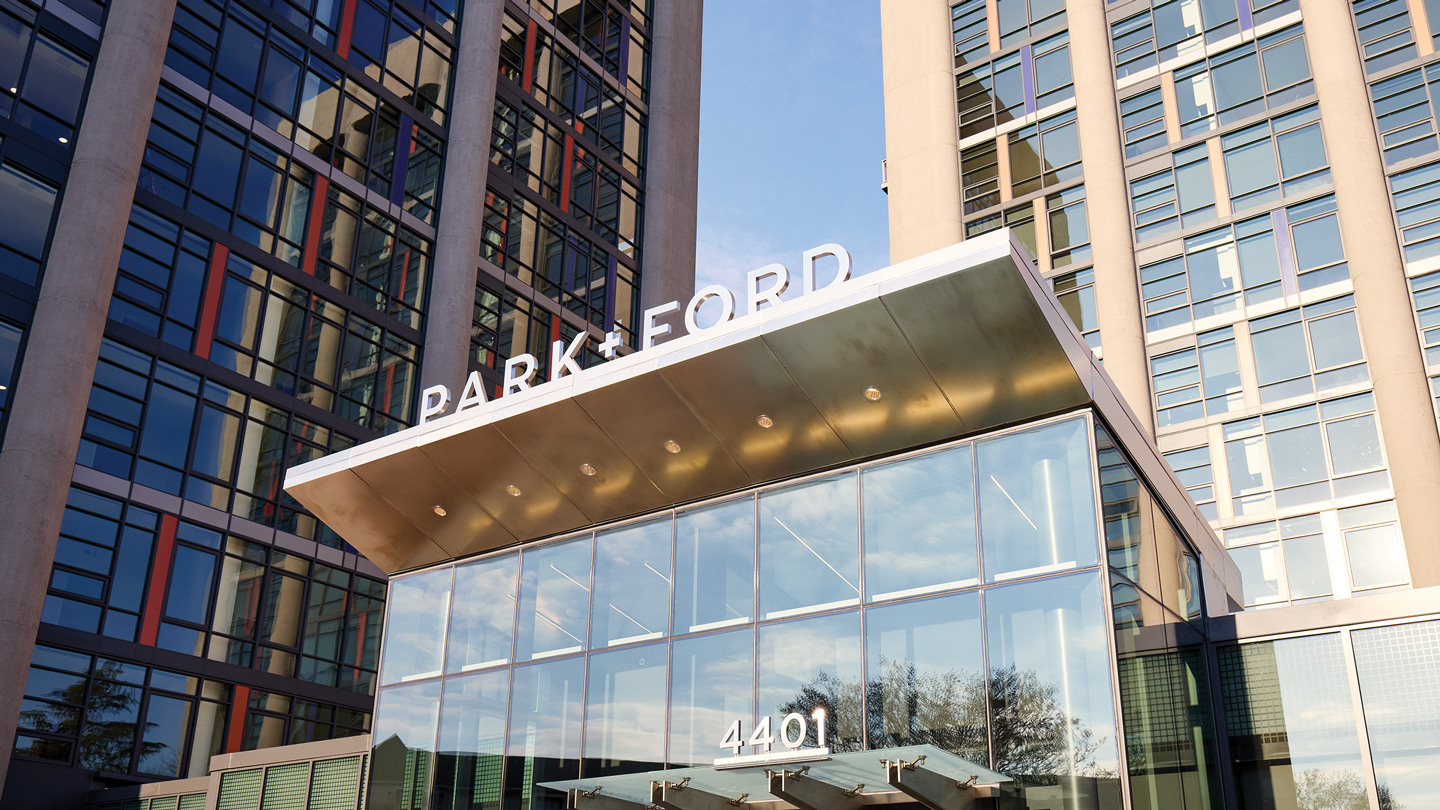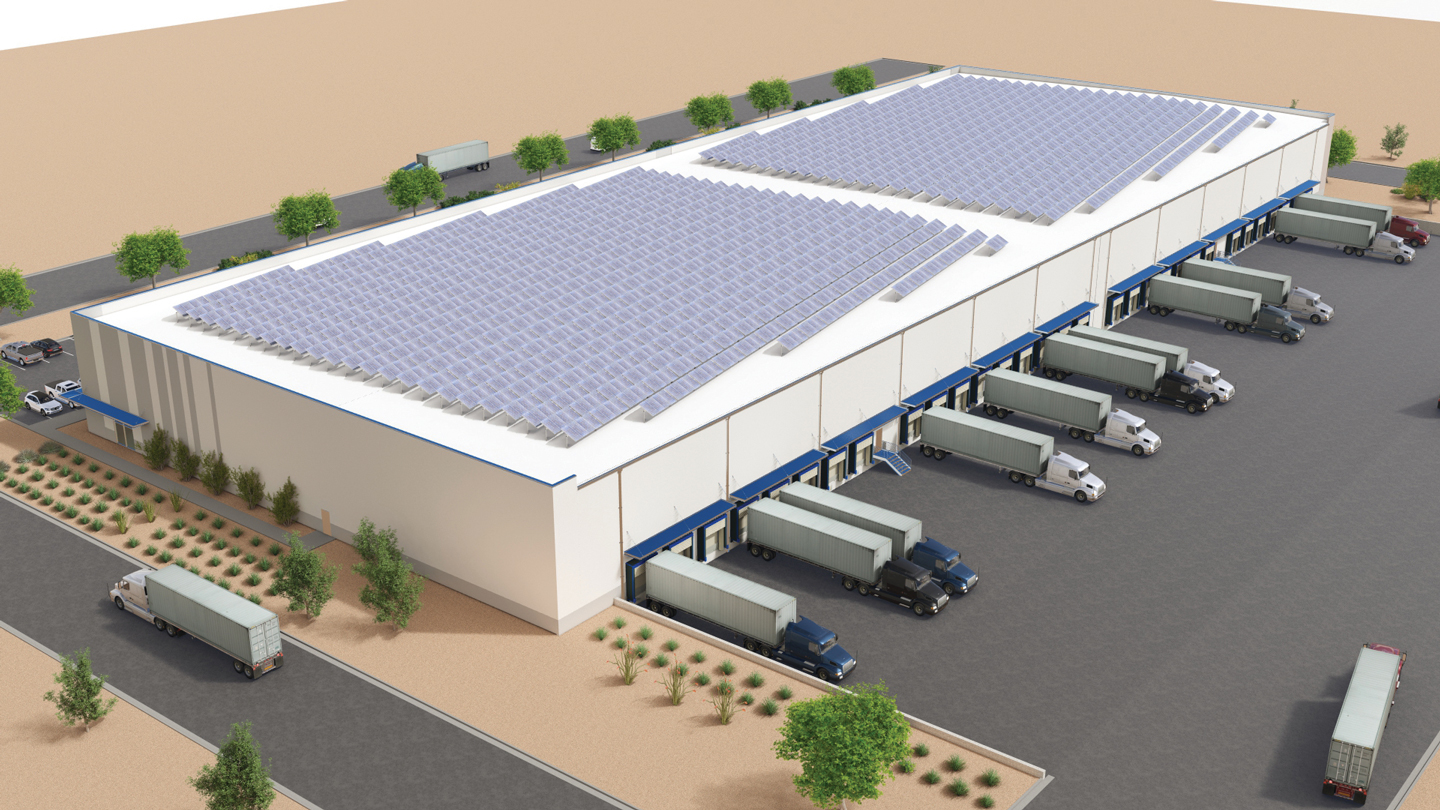Report Highlights Approaches to Wellness in Distribution Centers

Healthy, safe working environments are critical for attracting and retaining employees.
The expansion of e-commerce has spurred demand for distribution centers across North America. Although occupiers have invested in mechanization, automation and warehouse-management systems, e-commerce distribution centers still tend to be more labor-intensive than those that serve brick-and-mortar retailers. This is due to the larger number of items that each center must carry and the larger number of small orders that these centers process. Because of this, rapid growth in the amount of industrial space dedicated to e-commerce distribution in recent years has translated to a sharp increase in demand and competition for distribution-center workers.
Competition for workers, increased awareness about safety concerns, and growing investor interest in environmental, social and governance goals have led to design approaches that can make warehouses healthier and more attractive work environments. The NAIOP Research Foundation’s June 2023 report, “Designing for Wellness in Distribution Centers,” describes a series of design interventions that can improve distribution center worker safety and well-being. The report’s authors, designers from KSS Architects and BranchPattern, drew from secondary research, interviews with distribution-center occupiers and employees, and observations from site visits to examine the factors that affect work conditions at these facilities. Using their findings and expertise in industrial architecture, they created a prototype distribution center with elements and features that contribute to a healthier and safer work environment.
Designing for occupant wellness in a distribution center presents a different set of challenges than for an office or retail building. Distribution centers are expensive to condition using traditional HVAC systems, they are filled with noisy and fast-moving vehicles and machinery, and the time needed to traverse their large floors shortens employees’ meal and rest breaks. Workers engage in more physically demanding labor than is typical in an office or retail store, and they usually have more limited access to key amenities such as day care, grocery stores or restaurants in surrounding areas.
The report illustrates a series of interventions at each level of a distribution center’s design to address these challenges. It begins with site location and design to ensure pedestrian safety and facilitate access to public transportation, green space and adjacent amenities. Shell building improvements such as radiant heating and cooling systems, skylights, destratification fans and acoustic treatments enhance the building’s thermal conditions, acoustic environments, air quality and lighting. Within the building, dedicated break spaces at regular intervals provide access to hydration and nutrition, restorative rest, and shelter from noise and material-handling equipment. Workstations are enhanced with ergonomic features, local conditioning and task-oriented lighting.
The authors designed the prototype to be a model that can be adapted to standard distribution-center layouts and local contexts. It includes lists of features that can be installed in the speculative phase of development and those that can be added as tenant improvements. Development teams can look to the report as a helpful reference for building healthier, more attractive and more comfortable distribution centers.
Shawn Moura, Ph.D., is research director at NAIOP.
Get the Report To view and download “Designing for Wellness in Distribution Centers,” visit www.naiop.org/research-and-publications/research-reports/reports/designing-for-wellness-in-distribution-centers/ |
RELATED ARTICLES YOU MAY LIKE
Facility Managers Must Prepare for an All-Electric Future
Fall 2023 Issue






